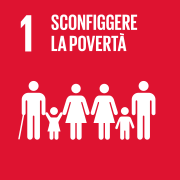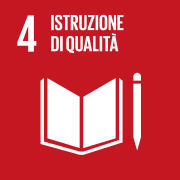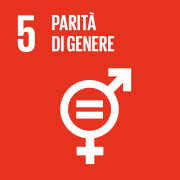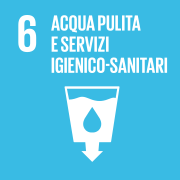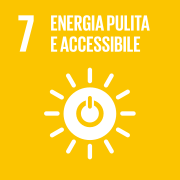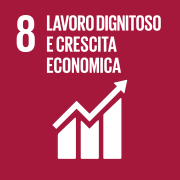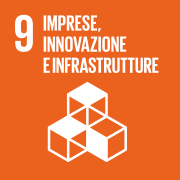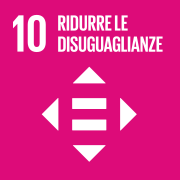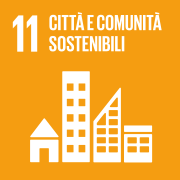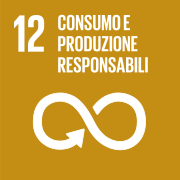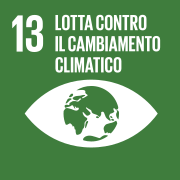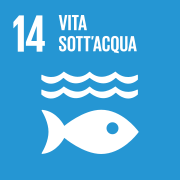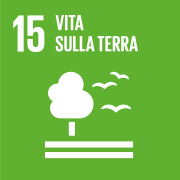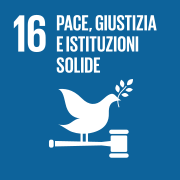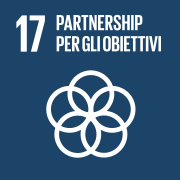
In recent years, the issue of environmental sustainability has assumed a central role on the global agenda. The need – and the urgency – is to contain the effects of climate change, and to drastically reduce greenhouse gas emissions. This is a goal that, in order to be achieved, requires the deployment of principles and models with enormous potential, not yet fully expressed, that can give a decisive push on the road to sustainability – environmental, but not only.
And it is in this context that thecircular economy emerges as an economic model capable of making a real difference in reducing emissions, thanks to its ability to optimise the use of resources, extend the life cycle of materials and minimise waste. But it is thanks to the convergence with new digital technologies – from the Internet of Things (IoT) to artificial intelligence, from blockchain to big data – that the decarbonisation potential of this paradigm can definitively blossom, turning into a concrete, incisive and scalable reality.
A (circular) lever for decarbonisation
Starting from the principle, avoiding the extraction of new raw materials, reducing waste production, reusing and regenerating products and components, means reaping huge benefits in terms of all-round sustainability, and therefore not only from an environmental point of view.
This makes the circular economy a strategic ally, which in Italy continues to play a priority role in the sustainability challenge. In fact, as shown by the seventh edition of the Report on the Circular Economy in Italy, produced by the Circular Economy Network, our country maintains its supremacy in terms of circularity levels: in second position after the Netherlands among the 27 EU countries, but at the top of the ranking in comparison with the other main European economies (Germany, France and Spain). However, the report goes on to emphasise, there is still a need to accelerate the increase in circularity in order to re-launch Italian manufacturing and make this model a pillar on which to build a more resilient and sustainable industrial model.
But that’s not all: as mentioned, greater circularity of the economy means significantly cutting emissions generated throughout the industrial value chain, and contributing to the achievement of greenhouse gas emission reduction targets. The same Clean Industrial Deal presented by the European Commission indicates, in this direction, the circular economy as a priority: a pillar of the EU industrial strategy, with the aim of increasing the circularity rate to 24% by 2030 from the current 11.8%.
All this will depend on investments in technology, innovation and business models that foster product remanufacturing and intelligent resource management. The real challenge, however, is to integrate these processes into existing production systems: a challenge that today cannot be separated from digital transformation and the development of new skills.
For a circular digital ecosystem
In fact, although the circular economy is based on seemingly simple concepts – reduce, reuse, recycle – putting these principles into practice on an industrial level and on a large scale is far from a given: it requires the ability to monitor, track and analyse material and resource flows in real time. And this is where digital technologies really make a difference.
Take, among others, theInternet of Things, which enables devices and objects to be networked, continuously collecting data on the location, status and use of materials. Intelligent sensors installed on machinery or inside products make it possible, for example, to monitor wear and tear and plan predictive maintenance or recovery of components before they become waste: this extension of useful life reduces the need for new raw materials and thus the emissions associated with extraction and production activities.
Artificial Intelligence itself plays a crucial role in making sense of all the data generated by the IoT, allowing complex processes such as recycling and waste management to be optimised. Advanced algorithms can help not only in predicting the quality of recovered materials, but also in suggesting the best reuse or remanufacturing strategies, increasing efficiency and reducingCO2 emissions associated with processing and manufacturing from scratch.
Moreover, blockchain offers a transparent and secure system for tracking the entire life cycle of a product – from raw material to recycling – guaranteeing the origin and quality of materials and promoting sharing economies. In this context, blockchain can facilitate the creation of markets for secondary raw materials and give greater value to those who invest in sustainability, incentivising virtuous behaviour and investment.
Together, these technologies overcome many of the traditional limitations that can slow down the development of this model, such as logistical complexity and lack of reliable data, enabling a circular digital ecosystem in which resources are used in a smart, efficient and sustainable way. This helps reduce emissions along the entire value chain: less extraction, less production, less unnecessary transport and less waste to be disposed of.
An innovative approach to the circular economy is needed
The circular economy is therefore really one of the most concrete solutions available to reduce emissions, but the effectiveness of this model depends, to an increasing extent, on the integration of new digital technologies. And this seems to be now clear to some of the most virtuous realities engaged in this field. Eni, for example, considers the principles of circularity as part of its strategy to make its energy products and services more sustainable, with a view to environmental protection: among the six pillars on which its circular model is based, it is no coincidence thatCO2 emissions themselves are interpreted as a flow of matter to be reduced, reused, recycled and removed. All of this, however, would not be possible for the company without the leverage of research and technological innovation: this means that the rethinking of the classic business model from a circular point of view passes a great deal through both internal research – through Eni’s expertise and proprietary technologies – and the identification of new solutions through Open Innovation actions.
Today, this approach highlights a clear reality: innovating digitally means innovating sustainably, laying the foundations for emission and resource savings, and bringing us one step closer to achieving global climate goals. Now, however, a joint effort is needed. The way forward is to invest in the development of enabling technologies, to foster collaborations between different entities, and to create circular digital ecosystems where innovation and sustainability are mutually reinforcing. It is only in this way that we will be able to build a future in which environmental protection and economic growth can walk hand in hand, in a balanced condition.
